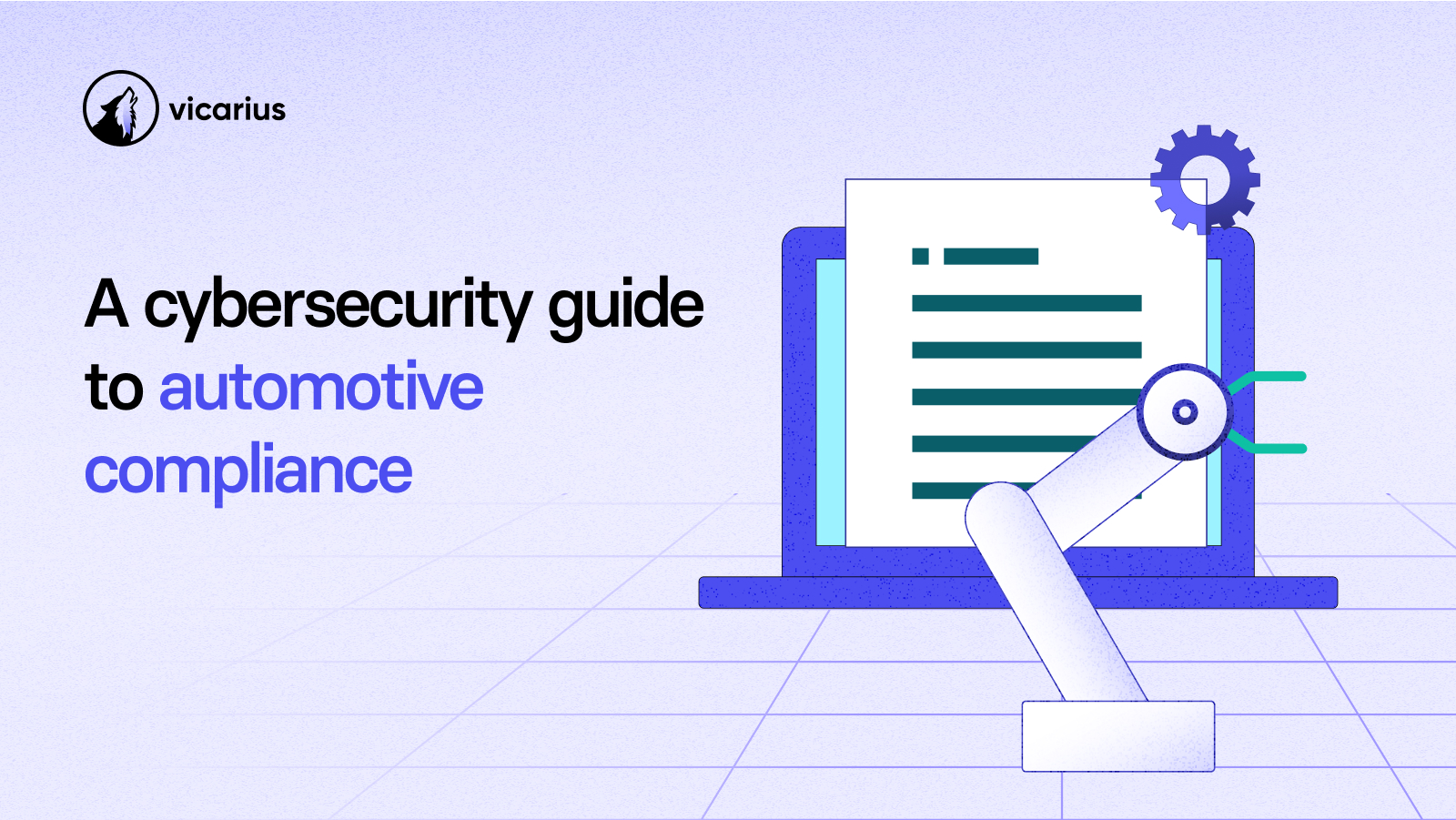
System hardening refers to the process of securing an information system by reducing its surface of vulnerability. In today's environments, that surface spans cloud workloads, physical endpoints, containerized microservices, and remote assets.
Hardening targets the misconfigurations, unnecessary services, exposed ports, and default settings that adversaries frequently exploit. System hardening supports core architectural strategies like zero trust and defense-in-depth by reducing implicit trust and making each system layer more resilient to compromise. Rather than assuming a secure perimeter, hardening takes a granular approach that aligns with the principle of least privilege and microsegmentation.
Why harden systems?
Hardening is one of the most cost-effective ways to reduce the risk of being compromised. Even living – historically speaking – in the shadow of post-quantum cryptography, most attacks today still begin with known misconfigurations or unpatched systems. Reducing the number of available services, narrowing access, and removing default behaviors creates fewer opportunities for attackers to exploit. It plays a key role in system resilience; configurations that minimize service exposure, apply redundancy principles, and ensure logging and alerting can improve mean time to recovery (MTTR) in outages and incident response scenarios.
- Lower the attack surface: Disabling unused ports, accounts, or services means fewer entry points for lateral movement or privilege escalation.
- Mitigate common threat vectors: Hardened systems are less susceptible to brute-force login attempts, default credential abuse, or exploit kits targeting outdated software.
When hardening is neglected, the consequences are measurable. In the well-known 2017 Equifax breach, attackers exploited an unpatched Apache Struts vulnerability that had a fix available for months. A hardened system with automated patching and service auditing would likely have closed the gap before it was weaponized. In addition to threat reduction, hardening supports compliance mandates and operational maturity. Many frameworks, from PCI DSS to ISO 27001, require secure configuration management as a baseline expectation. It also builds confidence among customers and auditors by demonstrating consistent control over infrastructure.
Each category of infrastructure requires its own hardening approach:
- Operating system hardening: Disable unused accounts and services, apply least privilege policies, and enforce secure authentication and audit logging.
- Application hardening: Sanitize inputs, disable debugging and verbose error outputs, and lock down exposed APIs.
- Network hardening: Apply segmentation, enforce strict firewall rules, and eliminate open ports not tied to business-critical functions.
- Database hardening: Remove default credentials, restrict administrative access, and ensure secure backups and encryption-at-rest.
- Cloud hardening: Implement CSPM policies, use service-specific security tools, and routinely audit identity and access management.
Essential hardening standards
Below, we take a closer look at six hardening standards every IT professional should know about:
#1. The NIS2 Directive (EU Networks and Information Systems)
The NIS2 directive is the second iteration of an EU-wide regulation designed to improve the cybersecurity posture of critical infrastructure providers and digital service companies. It expands on the original NIS Directive by widening its scope and increasing penalties for non-compliance. NIS2 applies to operators in sectors such as energy, transport, finance, healthcare, and cloud infrastructure. The directive raises expectations for organizations to adopt risk-based cybersecurity practices, with an emphasis on prevention and resilience. System hardening becomes essential under NIS2, particularly in how it reduces system-level vulnerabilities and supports continuous risk management.
Key hardening-related obligations in NIS2 include:
- Secure configuration management: Systems must be deployed and maintained with hardened defaults and secure baselines.
- Incident preparedness and logging: Hardening supports the creation of reliable, tamper-proof logs that are critical for incident detection and forensics.
- Supply chain assurance: Ensuring that software and hardware vendors follow secure development and hardening practices is now a regulatory responsibility.
To align with NIS2, IT teams can begin by auditing configurations against recognized benchmarks such as the CIS Controls, implementing automated compliance checks, and ensuring default systems are not deployed without security baselining.
#2. GDPR (EU General Data Protection Regulation)
The GDPR standard is often seen through the lens of data privacy, but its requirements include explicit technical safeguards. Article 32 mandates that data controllers and processors implement measures that ensure a level of security appropriate to the risk, including the ability to restore data availability and ensure ongoing confidentiality.
Hardening supports GDPR compliance by minimizing the avenues through which unauthorized access to personal data might occur. Systems that are securely configured and stripped of unnecessary services are less likely to expose personal data through misconfiguration or exploit. Examples of effective hardening strategies that align with GDPR obligations include:
- Access control enforcement: Role-based access tied to data classification helps ensure that sensitive data is only available to authorized users.
- Process isolation and sandboxing: Containers or VM-level separation reduce the likelihood that a compromised process can access unrelated data.
- Service minimization: Removing unused components or endpoints decreases the chances that overlooked systems will become liabilities.
By reducing attack vectors and containing the blast radius of compromise, system hardening serves as a practical safeguard aligned with GDPR’s broader privacy and security goals.
#3. NIST (US National Institute of Standards and Technology)
NIST publishes globally recognized cybersecurity guidance, most notably SP 800-53 and the NIST Cybersecurity Framework (CSF). These documents help organizations organize their security programs around well-defined controls and lifecycle stages such as identify, protect, detect, respond, and recover. NIST's modular structure is particularly helpful for planning and executing hardening work. The controls are granular and layered, addressing systems from the OS to the application stack.
Examples of NIST-aligned hardening domains include:
- Access control (AC): Restrict and audit access to systems based on need and role.
- Configuration management (CM): Ensure systems are deployed using approved configurations and tracked against change controls.
- Audit and accountability (AU): Log system actions in a consistent, protected format that supports forensic review.
MSPs and IT managers can adopt NIST frameworks incrementally by mapping existing controls to NIST’s control families, using automation to track configuration drift, and establishing repeatable remediation practices for out-of-policy systems.
#4. ISO/IEC 27001 and ISO/IEC 27002
ISO 27001 sets requirements for information security management systems (ISMS), while ISO 27002 provides practical guidance on the controls to implement. Together, they define a flexible but rigorous framework for managing information security in organizations of any size. System hardening is an essential component of the ISO control structure. Controls related to secure system engineering, patch management, and asset configuration are fundamental to certification readiness.
Hardening reduces the overhead of compliance validation. When systems are already configured according to secure baselines, audits require less rework and fewer justifications.
Relevant ISO hardening-focused controls also include:
- Change management: Secure configurations must be preserved during system updates or changes.
- Secure development policy: Hardening practices must be baked into application deployment and CI/CD workflows.
- Management of privileged access rights: Elevated accounts must be tightly controlled and regularly reviewed.
#5. MITRE ATT&CK and D3FEND frameworks
The MITRE ATT&CK framework is a curated knowledge base of adversarial techniques observed in real-world breaches. It maps attacker behaviors such as initial access, privilege escalation, and exfiltration to common tactics and procedures. This knowledge helps security teams understand how attackers move through systems and where hardening measures can disrupt them.
ATT&CK is often used as a reverse lens for system hardening. If an adversary is likely to exploit remote desktop services, for example, hardening might involve disabling those services, enforcing MFA, or limiting IP access. The MITRE D3FEND framework complements ATT&CK by cataloging defensive techniques and countermeasures.
Examples of hardening techniques featured in D3FEND include:
- Credential hardening: Enforcing strong password policies and storing credentials using secure hashing algorithms.
- Service isolation: Using OS-level or containerized sandboxing to prevent cross-service exploitation.
- Behavioral containment: Applying network-level policies to restrict how services can communicate internally.
Together, these frameworks allow sysadmins and security architects to prioritize system defenses based on known threat behaviors and validated counterstrategies.
#6. CE+ (Cyber Essentials Plus)
Cyber Essentials is a UK government-backed scheme that outlines basic technical controls to defend against common cyber threats. It focuses on practical measures that can be adopted by organizations of any size, including firewall configuration, secure system settings, access control, patch management, and anti-malware protections. The goal is to establish a baseline level of security hygiene.
Cyber Essentials Plus (CE+) builds on this foundation by requiring a hands-on technical assessment carried out by a certified third party. It doesn't just ask whether controls are in place; qualified cybersecurity professionals check whether they actually work as intended in real-world conditions, using vulnerability scanning and simulated attacks to validate effectiveness.
Where Cyber Essentials outlines what to do, CE+ demands auditable evidence that it’s been done correctly. This makes CE+ particularly relevant for system hardening, as it ties configuration, patching, and access control to measurable outcomes that are highly compatible with the practices and requirements of other security frameworks, many of which demand equally strict logging and audit trails, if not more so.
Key CE+ hardening requirements include:
- Hardened configurations: Default settings must be replaced with secure baselines.
- Rapid patching: Critical vulnerabilities must be remediated within 14 days.
- Access restrictions: Admin privileges must be limited and justified.
- Service minimization: Unused ports, protocols, and features must be disabled.
- Resilient endpoints: Malware defenses must assume basic exploitation attempts.
By meeting CE+ standards, organizations demonstrate that their systems are not only policy-compliant but also operationally hardened and defensible.
Helping teams act on hardening priorities
vRx by Vicarius is designed to help security teams act on exposures by focusing on remediation, not just detection. Rather than relying on passive alerts, it enables direct intervention at the system level to reduce risk quickly and effectively. vRx’s capabilities make it an effective tool for turning security policy into operational action, especially in environments where manual remediation isn't scalable.
Key features that support hardening efforts include:
- Remediation-first approach: vRx allows teams to deploy fixes and mitigations as soon as issues are identified, rather than waiting for patch cycles.
- Automated scripting and patch deployment: Common hardening tasks can be automated using vRx's integrated workflows, such as disabling services, modifying registry entries, or enforcing configurations.
- Scanner-agnostic integration: vRx works with your existing detection stack to orchestrate remediation regardless of where the vulnerability was discovered.
- Risk-based prioritization: Our platform helps security teams focus on exploitable vulnerabilities that pose real business risk, not just those with high CVSS scores.
- Operational continuity: vRx supports staged deployment and testing to ensure changes do not disrupt availability or introduce regressions.
The frameworks discussed in this article are not simply checklists. Each one reflects a structured approach to identifying, prioritizing, and reducing systemic risk. While their controls may differ in language or specificity, system hardening consistently emerges as a foundational practice across them all. By using tools like vRx to automate and manage hardening across environments, IT teams can shift from reactive compliance work to continuous, proactive defense. This mindset helps ensure that when attackers come looking, there’s less for them to find.
Book a demo today to find out how we can help you reduce what’s exposed.





.jpg)






